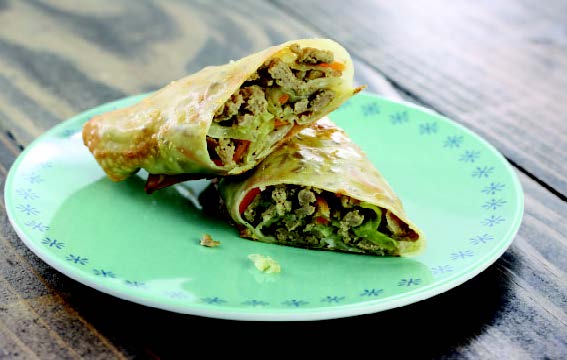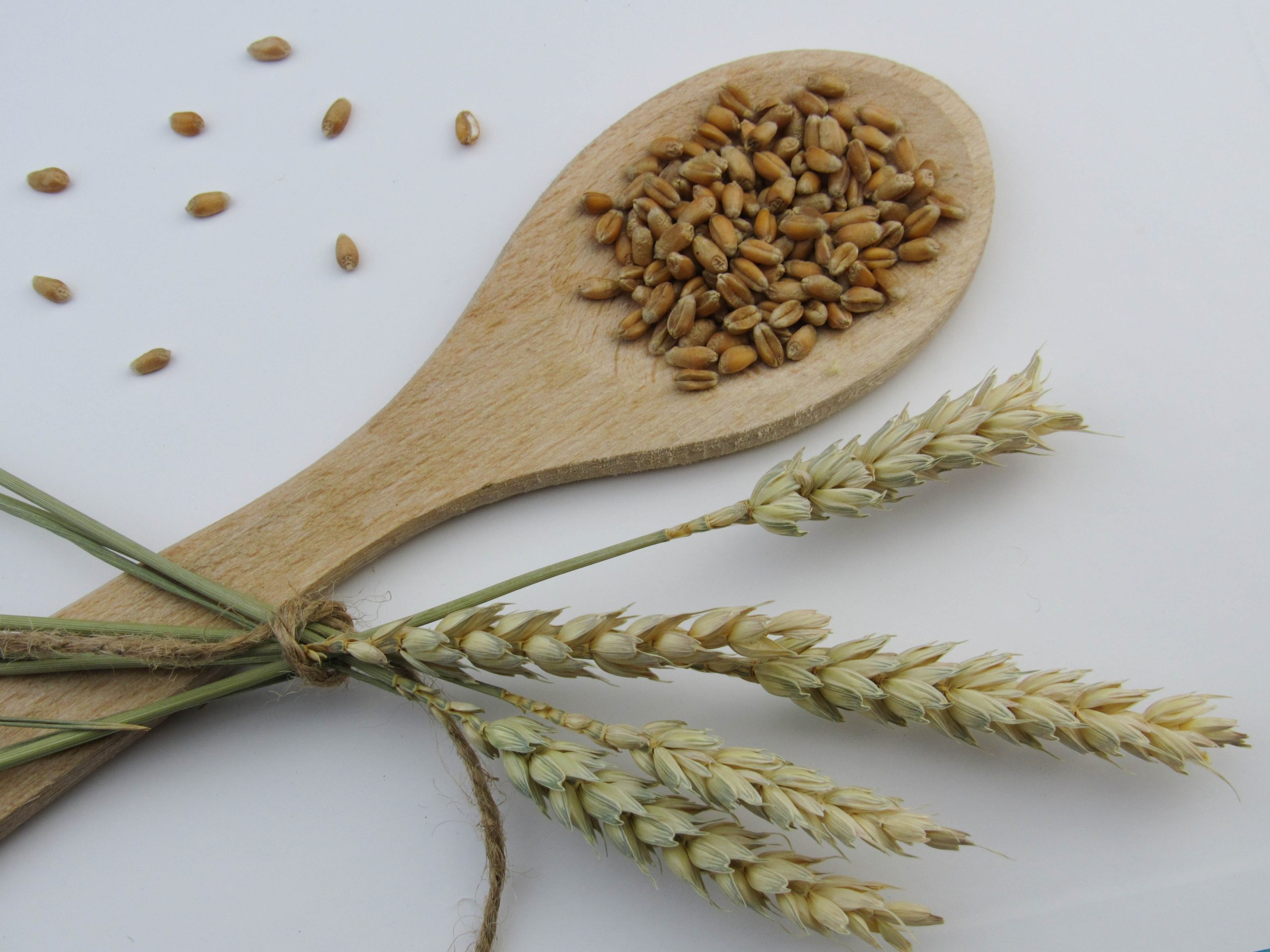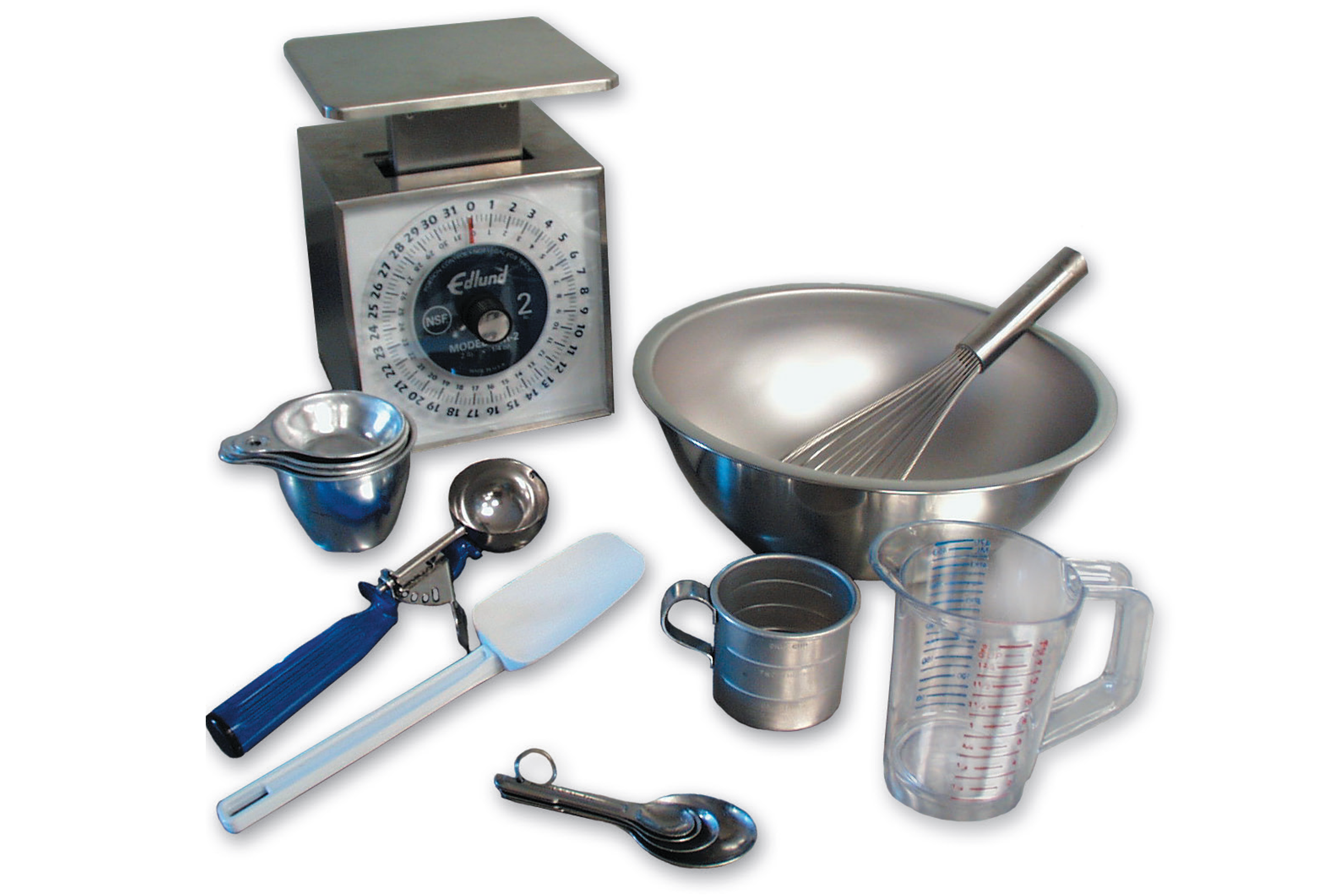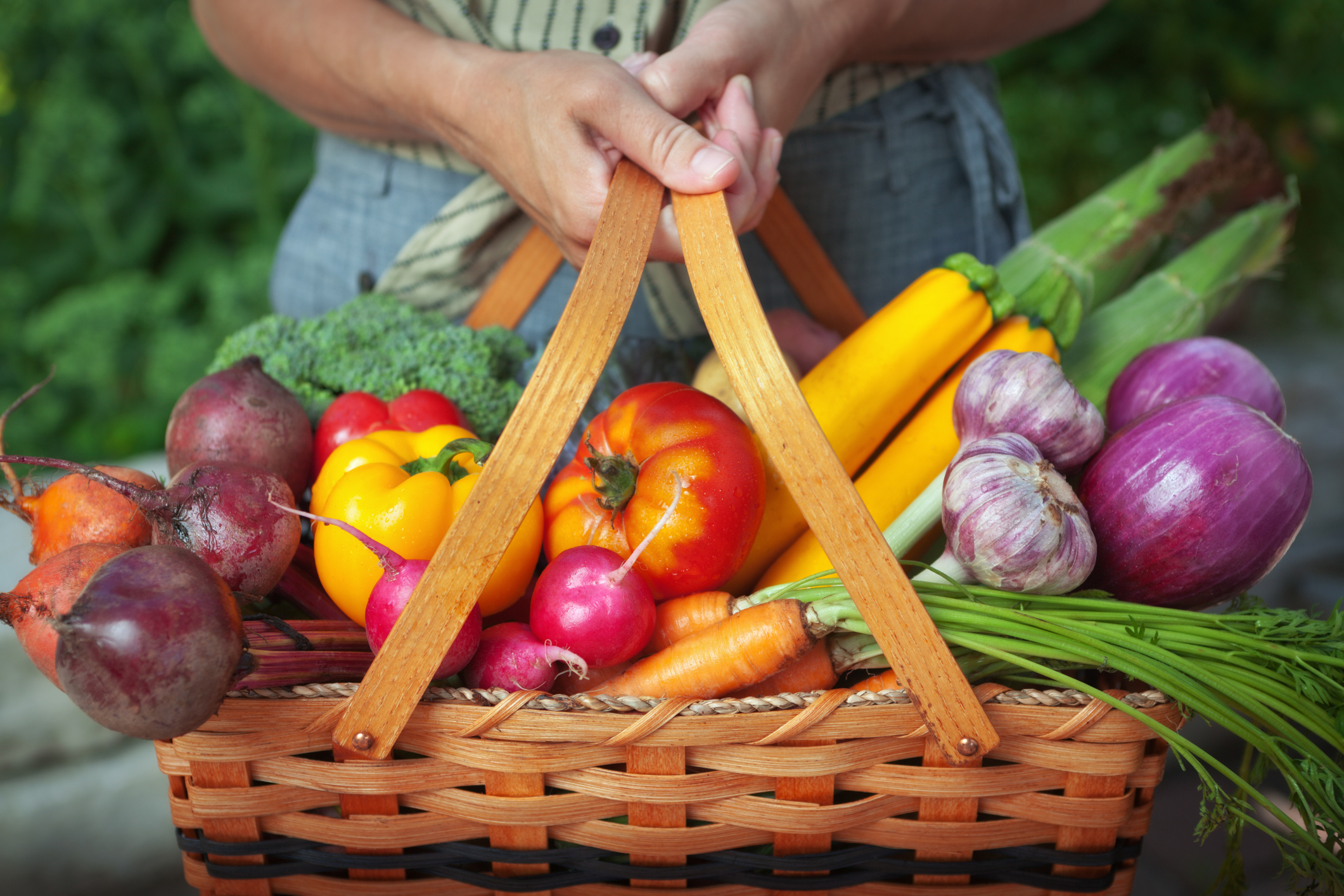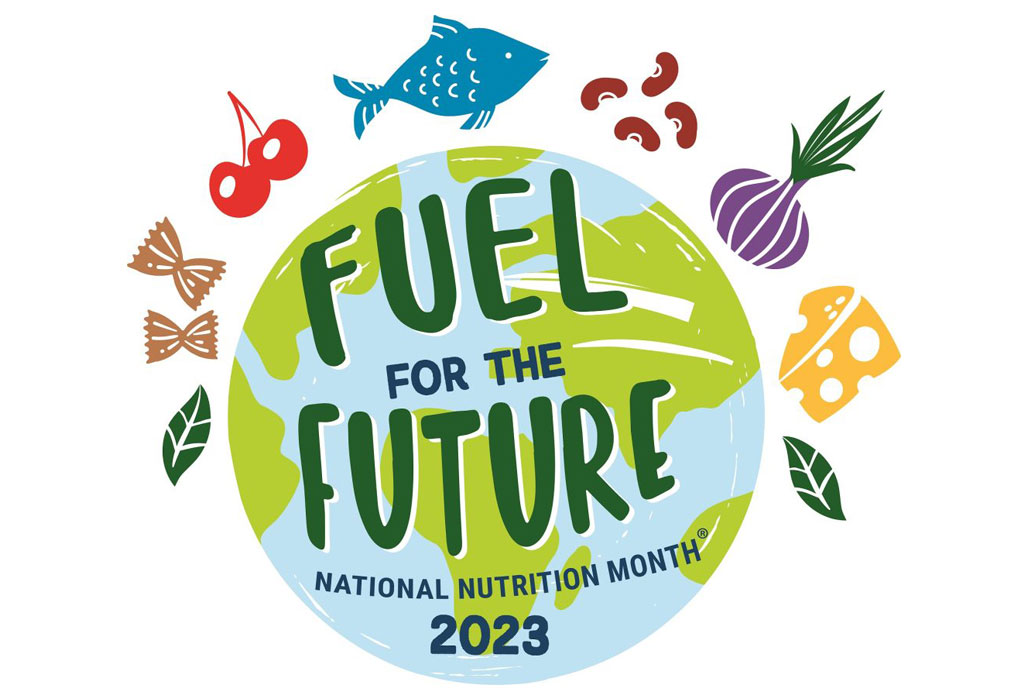

MARCH 2022
National Nutrition Month®: Celebrate a World of Flavors
March is National Nutrition Month®, and the theme is “Celebrate a World of Flavors.” Together this means March is the perfect month to be adventurous and start exploring different cuisines to help children gain an appreciation for other cultures. Take this time for children to try foods they may not have tasted before. While sitting around the table, engage the children in conversations about their family traditions, favorite meals, and celebrations. Then help children learn about other cultures by exploring and talking about foods from around the world!
Below are ideas and recipes that will add a variety of foods and flavors from around the globe to child care menus.
Each recipe in this Mealtime Memo can be found in the Multicultural Child Care Recipes
and are available in yields of 6, 25, and 50 servings.
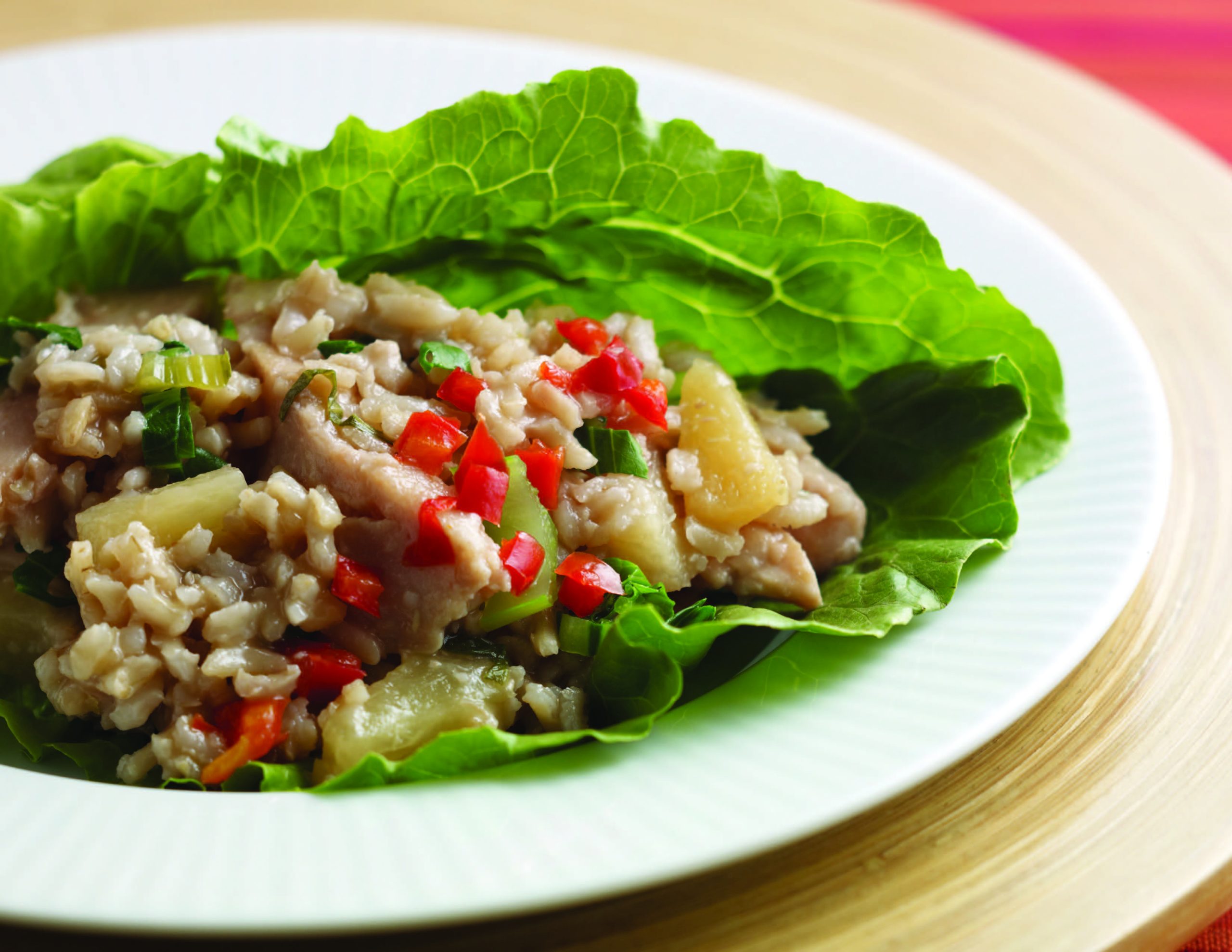


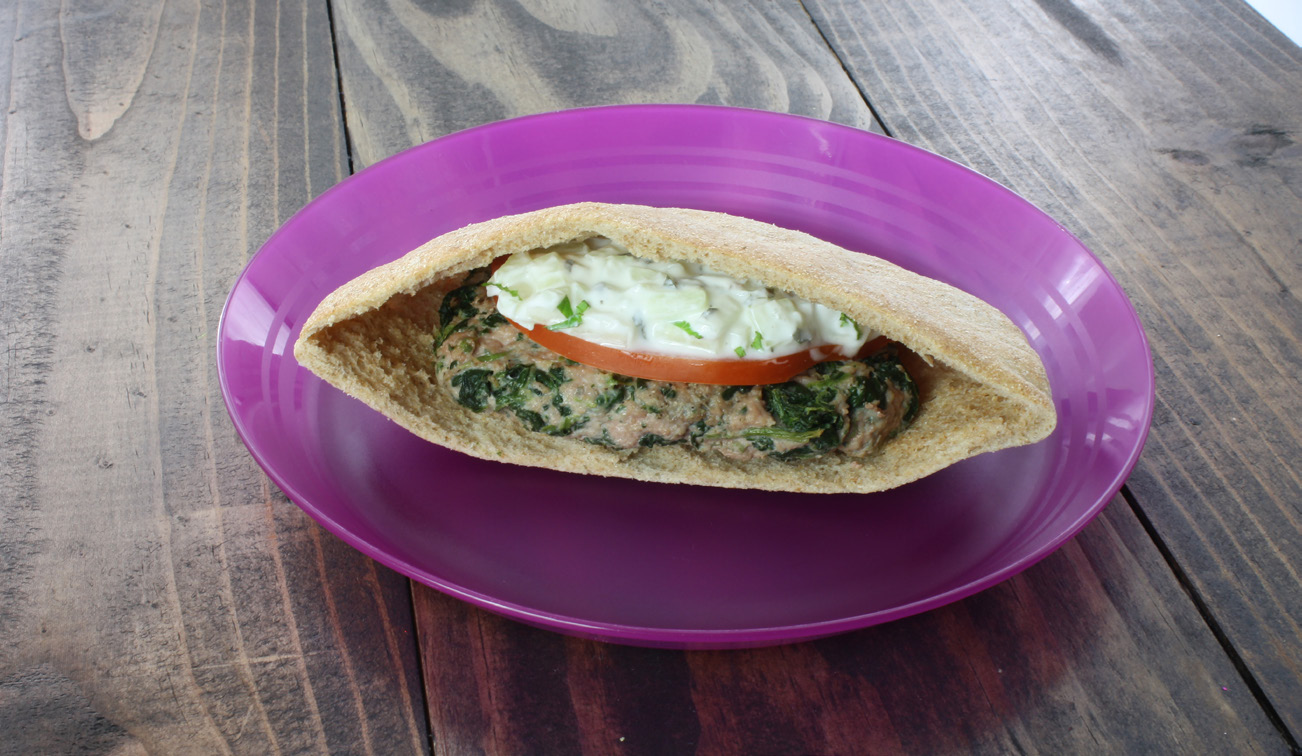
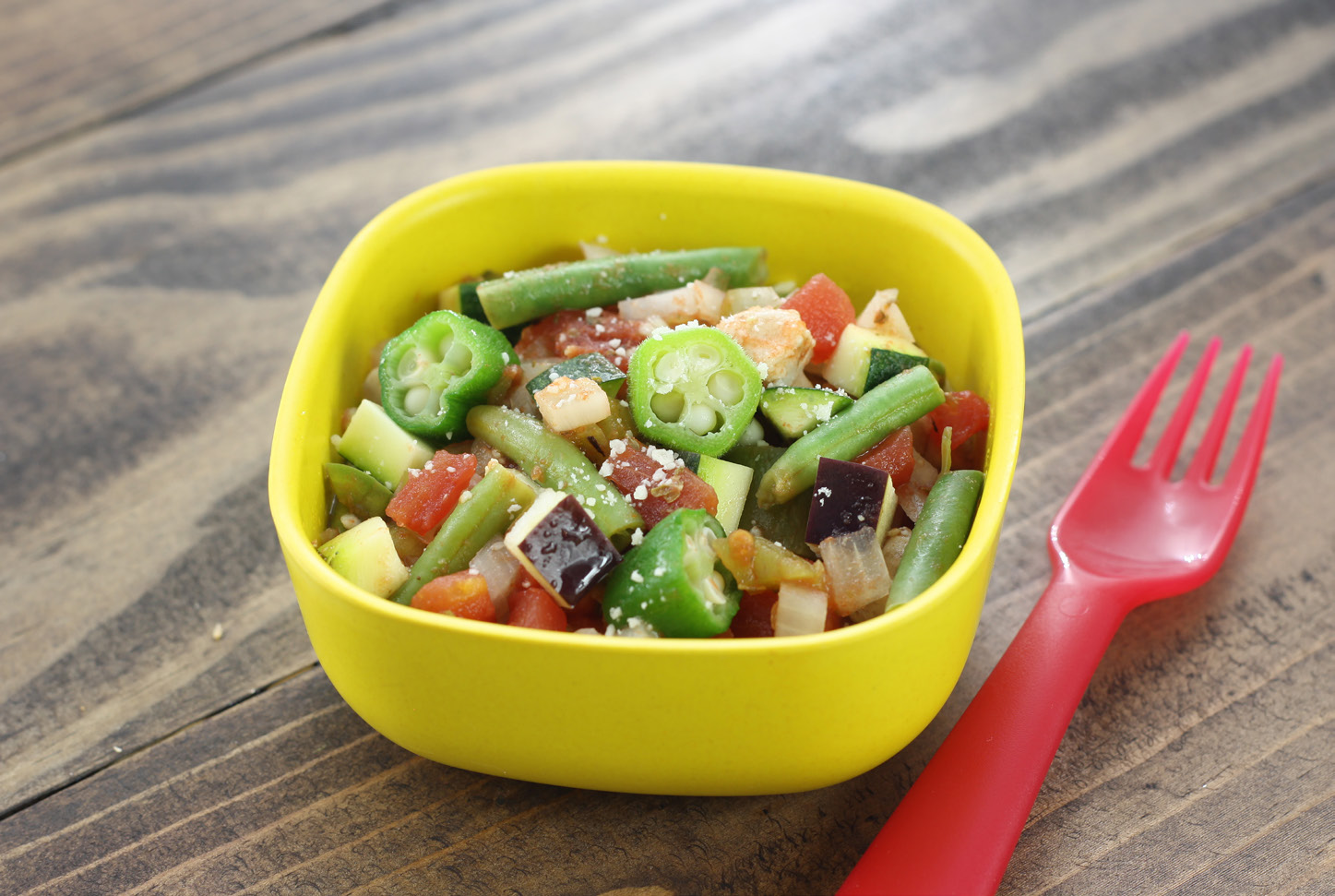

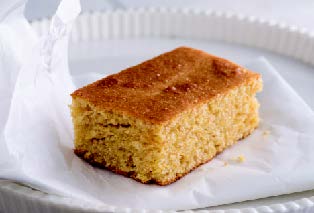
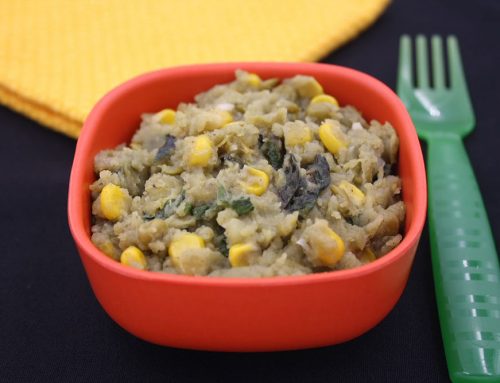
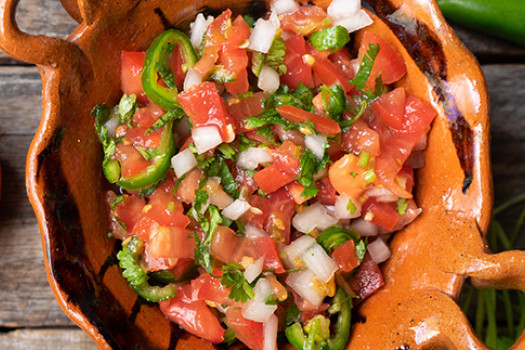
Mealtime Discussion Prompts
During mealtime, spark conversation with children about culture using the questions below:
- What are some family traditions or celebrations you enjoy at home?
- Do you help with meals at home? If so, what do you help with?
- What foods from different parts of the world (Chinese, Mexican, African, etc.) have you tried that you liked?
- Can you describe what the food tasted like? Was it spicy, sweet, sour, bitter, or salty?

Multicultural Menu Ideas
Lunch/Supper
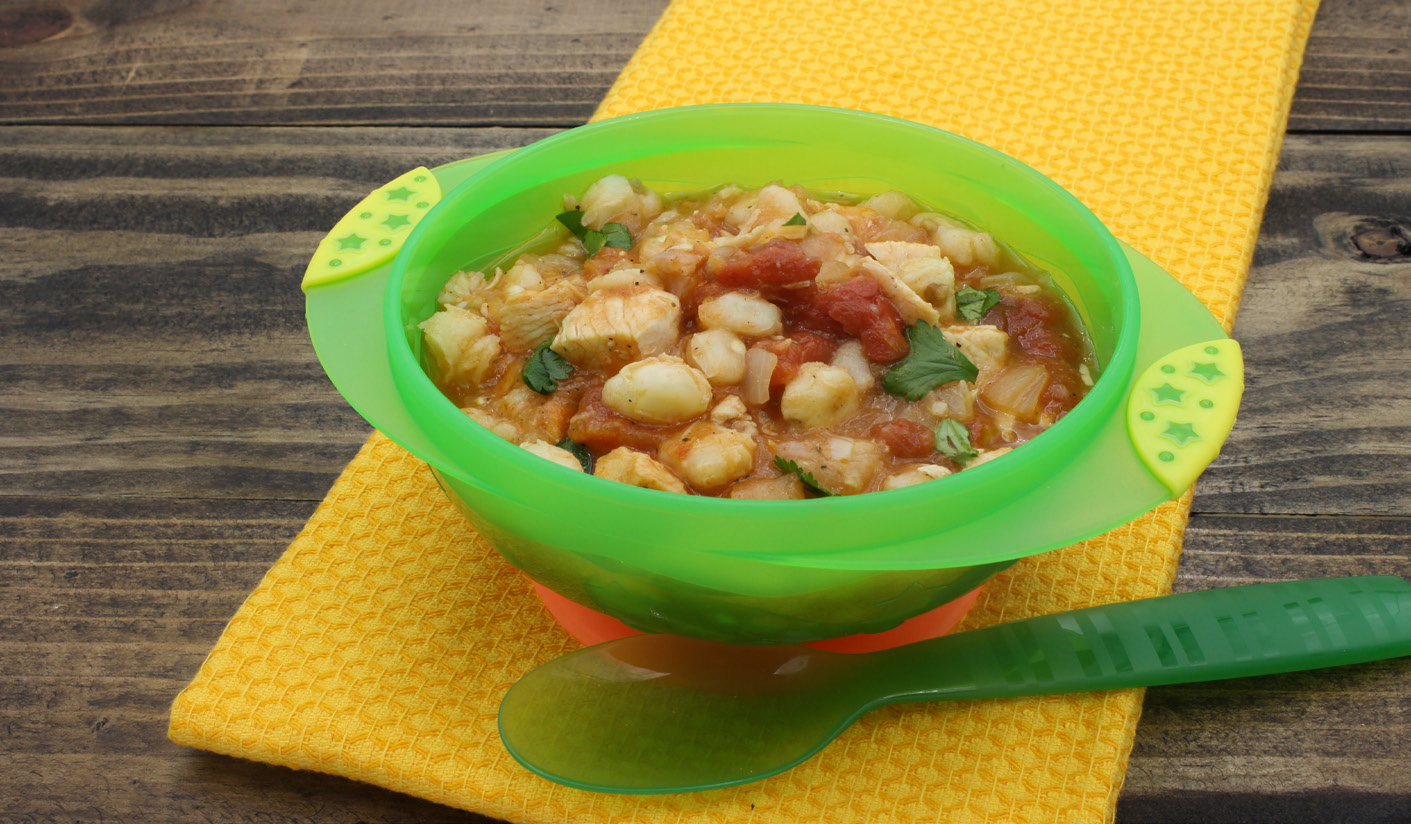
Red Pozole
(Central and South America)
Whole wheat crackers
Orange smiles
Diced avocado
1% Milk

More Information and Recipes
For more National Nutrition Month® ideas, messaging, and a tool kit that offers tip sheets, handouts, games, activities, PowerPoint presentations, and more, visit the Academy of Nutrition and Dietetics National Nutrition Month webpage.
Check out the Around the World Sample Cycle Menu from the National CACFP Sponsors Association for themed menu ideas with creditable recipes.
Multicultural Child Care Recipes is a Team Nutrition collection of 40 recipes from different cultures and regions that are available in yields of 6, 25, and 50 servings.
References
Academy of Nutrition and Dietetics. (2019, September 12). Global foods for a healthy plate. https://www.eatright.org/health/lifestyle/culture-and-traditions/global-foods-for-a-healthy-plate
Academy of Nutrition and Dietetics. (2022). National nutrition month. https://www.eatright.org/food/resources/national-nutrition-month
Institute of Child Nutrition, Child Nutrition Recipe Box. (2021). Cornbread – USDA recipe for child care centers. https://theicn.org/cnrb/recipes-for-centers-grains-breads/cornbread-usda-recipe-for-cacfp/
Matthews, A. (2021). Got chopsticks? A great tool for improving hand skills. North Shore Pediatric Therapy. https://www.nspt4kids.com/parenting/got-chopsticks-a-great-tool-for-improving-hand-skills/
Mayo Clinic. (2021, July 23). Mediterranean diet for heart health. https://www.mayoclinic.org/healthy-lifestyle/nutrition-and-healthy-eating/in-depth/mediterranean-diet/art-20047801
National CACFP Sponsors Association. (n.d.). Around the world sample cycle menu. https://www.cacfp.org/assets/pdf/Around+the+World+Sample+Cycle+Menu+cacfp.org
Oregon State University. Food Hero Monthly. (2021, July 14). African heritage. https://foodhero.org/magazines/african-heritage
Oregon State University. Food Hero Monthly. (2021, October 20). Latin American culture. https://foodhero.org/magazines/latin-american-culture
U.S. Department of Agriculture, Food and Nutrition Service. (2019, August 8). Multicultural child care recipes. https://www.fns.usda.gov/tn/recipes-cacfp
U.S. Department of Agriculture, Food and Nutrition Service. (2019). Baked batatas and apples. https://theicn.org/cnrb/recipes-for-homes/recipes-for-homes-main-dishes/baked-batatas-and-apples-usda-recipe-for-home/
U.S. Department of Agriculture, Food and Nutrition Service. (2019). Baked egg rolls recipe. https://theicn.org/cnrb/recipes-for-homes/recipes-for-homes-main-dishes/baked-egg-rolls-usda-recipe-for-cacfp-multicultural-6-servings/
U.S. Department of Agriculture, Food and Nutrition Service. (2019). Italian vegetable medley. https://theicn.org/cnrb/recipes-for-homes/recipes-for-homes-vegetables/italian-vegetable-medley-for-home/
U.S. Department of Agriculture, Food and Nutrition Service. (2019). Red pozole. https://theicn.org/cnrb/recipes-for-homes/recipes-for-homes-main-dishes/red-pozole-for-home/
U.S. Department of Agriculture, Food and Nutrition Service. (2019). Spinach egg bake. https://theicn.org/cnrb/recipes-for-homes/recipes-for-homes-main-dishes/spinach-egg-bake-for-home/
U.S. Department of Agriculture, Food and Nutrition Service. (2019). Turkey burgers with tzatziki sauce. https://theicn.org/cnrb/recipes-for-homes/recipes-for-homes-main-dishes/turkey-burgers-with-tzatziki-sauce-for-home/
U.S. Department of Agriculture, Food and Nutrition Service. (2019). Veggie mash-up. https://theicn.org/cnrb/recipes-for-homes-side-dish/veggie-mash-up-for-home/
U.S. Department of Agriculture, Food and Nutrition Service. (2020). Minestrone soup – CACFP home childcare. https://theicn.org/cnrb/recipes-for-homes/recipes-for-homes-soups/minestrone-soup-usda-recipe-for-cacfp-home/
U.S. Department of Agriculture, Food and Nutrition Service. (n.d.). Bok choy wrappers. https://theicn.org/cnrb/recipes-for-homes/bok-choy-wrappers-usda-recipe-for-family-child-care/
U.S. Department of Agriculture, MyPlate. (n.d.). Fresh salsa. https://www.myplate.gov/recipes/supplemental-nutrition-assistance-program-snap/fresh-salsa
About Mealtime Memo
Mealtime Memo (MTM) is focused on nutrition and wellness in child care settings and is specifically intended for use by child care professionals who participate in the Child and Adult Care Food Program (CACFP). The objective is to provide research-based best practices for planning, preparing, and/or serving nutritious, safe, and child-friendly meals in child care settings operating the CACFP.
Beginning in January 2021, the MTM moved to an electronic, blog-style newsletter. To ensure you automatically receive the latest issue, click “Subscribe” below!
Please note: To ensure MTMs provide the most accurate, up-to-date information, any references to Federal regulations, nutritional standards, and other best practices are considered current at the time of publication. Please be advised that this information is NOT updated to reflect any changes/revisions beyond the publication date. In addition, all MTMs published prior to 2017 have been archived and are no longer available on our website. If you need access to an archived MTM or for questions on the latest regulations and standards, please contact ICN’s Help Desk at helpdesk@theicn.org or 1-800-321-3054.





